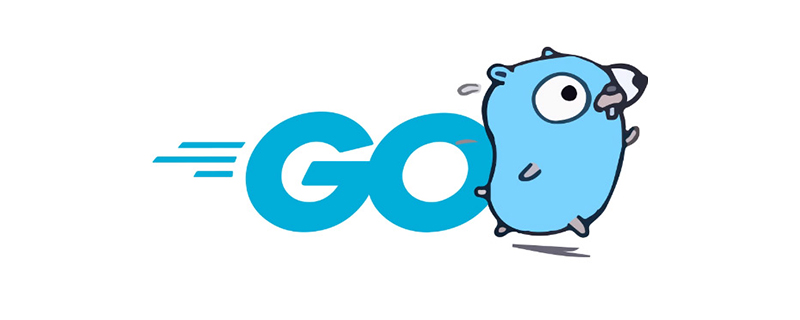
Golang does not have abstract classes. Golang is not an object-oriented (OOP) language. It has no concepts of classes, inheritance, and abstract classes. However, there are structures (structs) and interfaces (interfaces) in golang, which can be indirectly implemented through the combination of struct and interface. Abstract classes in object languages.

The operating environment of this tutorial: Windows 7 system, GO version 1.18, Dell G3 computer.
In an object-oriented language like Java, abstract classes and interfaces are two mechanisms that we often use to define abstract concepts. In golang, there is no concept of classes and inheritance. There are structures (struct) in golang, which are similar to classes in object-oriented languages. Golang also has interfaces. Interfaces can define a set of methods without specific implementations, which provide a way to describe the behavior of objects.
However, in some cases, we need to use abstract class inheritance to help us write more elegant code. However, there is no concept of abstract class in golang. This article will introduce a method to implement abstract class in golang through struct and interface.
How to implement abstract classes in Golang
Below we will use the Java language as an example to see how to implement abstraction in an object-oriented language kind. Then switch to golang language and implement abstract classes through struct and interface to complete the same function.
Implementation of abstract classes in object-oriented languages
Suppose we need to implement the following classes (using Java as an example):
public abstract class Game
{
public void play()
{
System.out.println(this.name() + " is awesome!");
}
public abstract String name();
}
public class Dota extends Game
{
public String name()
{
return "Dota";
}
}
public class LOL extends Game
{
public String name()
{
return "LOL";
}
}We defined the Game abstract class, in which we defined an abstract method public abstract String name(); and a public method public void play(). Then we defined two classes, Dota and LOL, to inherit Game, and each implemented public String name().
Next let’s see how to implement abstract classes in golang.
How to implement abstract classes in golang
Define interface
First, we need to Abstract methods are defined in interface.
type IGame interface {
Name() string
}Define the "parent class"
Then, we need to use struct to implement the public methods.
type Game struct {}
func (g *Game) play(game IGame) {
fmt.Printf(fmt.Sprintf("%s is awesome!", game.Name()))
}Here is the key point, we passed in game IGame. In this way we can call the "subclass" method to get the name. Thus indirectly realizing the abstract method of calling the implementation of different "subclasses" in the public method.
Define "subclass"
Then, we define the two structs "Dota" and "LOL" .
type Dota struct {
Game
}
func (d *Dota) Name() string {
return "Dota"
}
type LOL struct {
Game
}
func (l *LOL) Name() string {
return "LOL"
}Done
Now, after initializing the "Dota" and "LOL" structures, you can call func (g *Game) play(game IGame) method.
dota := &Dota{}
dota.play(dota)
lol := &LOL{}
lol.play(lol)
// 输出:
//Dota is awesome!
//LOL is awesome!Summary
This article provides an idea to indirectly implement abstract classes in object-oriented languages through the combination of struct and interface. Inherited pattern.
【Related recommendations: Go video tutorial, Programming teaching】
The above is the detailed content of Does golang have abstract classes?. For more information, please follow other related articles on the PHP Chinese website!
 Usage of Type keyword in Go
Usage of Type keyword in Go
 How to implement linked list in go
How to implement linked list in go
 What are the Go language programming software?
What are the Go language programming software?
 How to learn go language from 0 basics
How to learn go language from 0 basics
 How to define variables in golang
How to define variables in golang
 What are the methods to implement operator overloading in Go language?
What are the methods to implement operator overloading in Go language?
 What are the operators in Go language?
What are the operators in Go language?
 What are the data conversion methods in golang?
What are the data conversion methods in golang?